BPP University MSc Leading Business Organisations Leadership Analysis
VerifiedAdded on 2022/09/01
|8
|1143
|15
Report
AI Summary
This report provides an analysis of leadership theories within a business organization context. The author examines key leadership aspects such as transparency, trust, and the application of transformational leadership. The report explores the significance of mission and vision in achieving organizational objectives, emphasizing the role of leaders in implementing these aspects. Furthermore, it delves into change management strategies, highlighting transformational leadership as a crucial process. The analysis also includes an evaluation of motivational theories, differentiating between intrinsic and extrinsic categories, and considers the contemporary relevance of equity theory. The report concludes by discussing the importance of leadership potential and its strengths in driving organizational success, referencing several leadership styles and their effectiveness.
1 out of 8
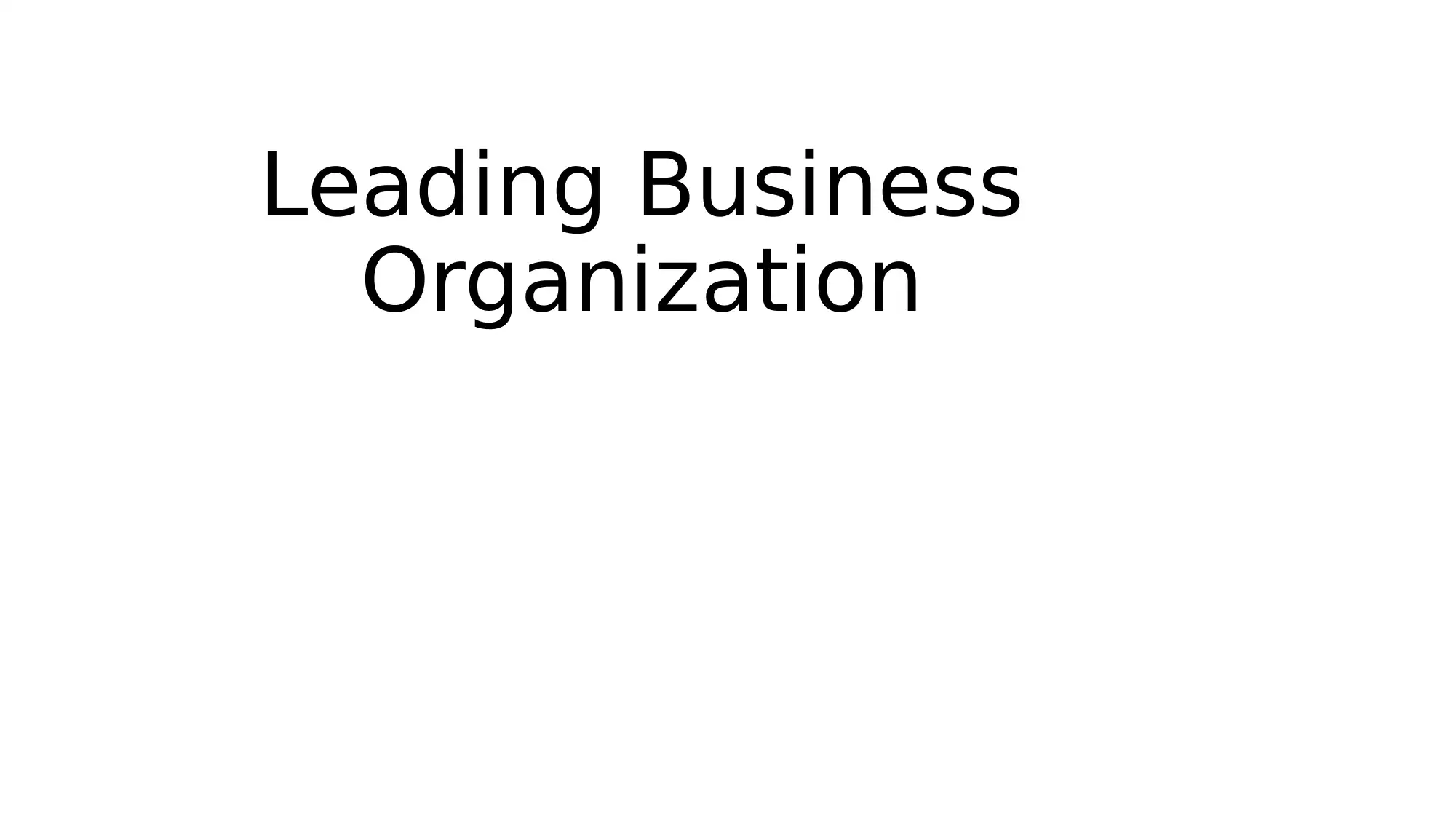
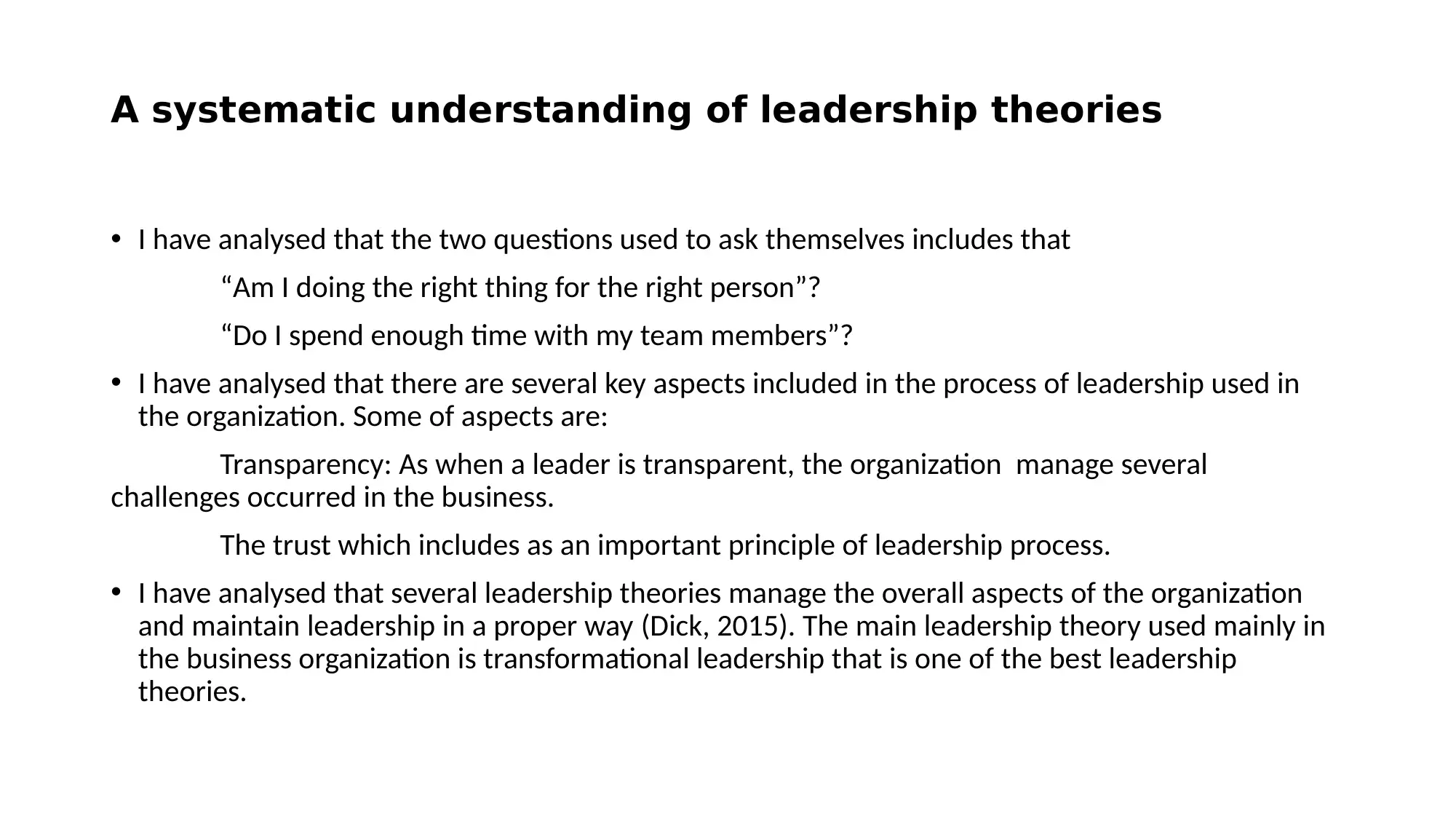
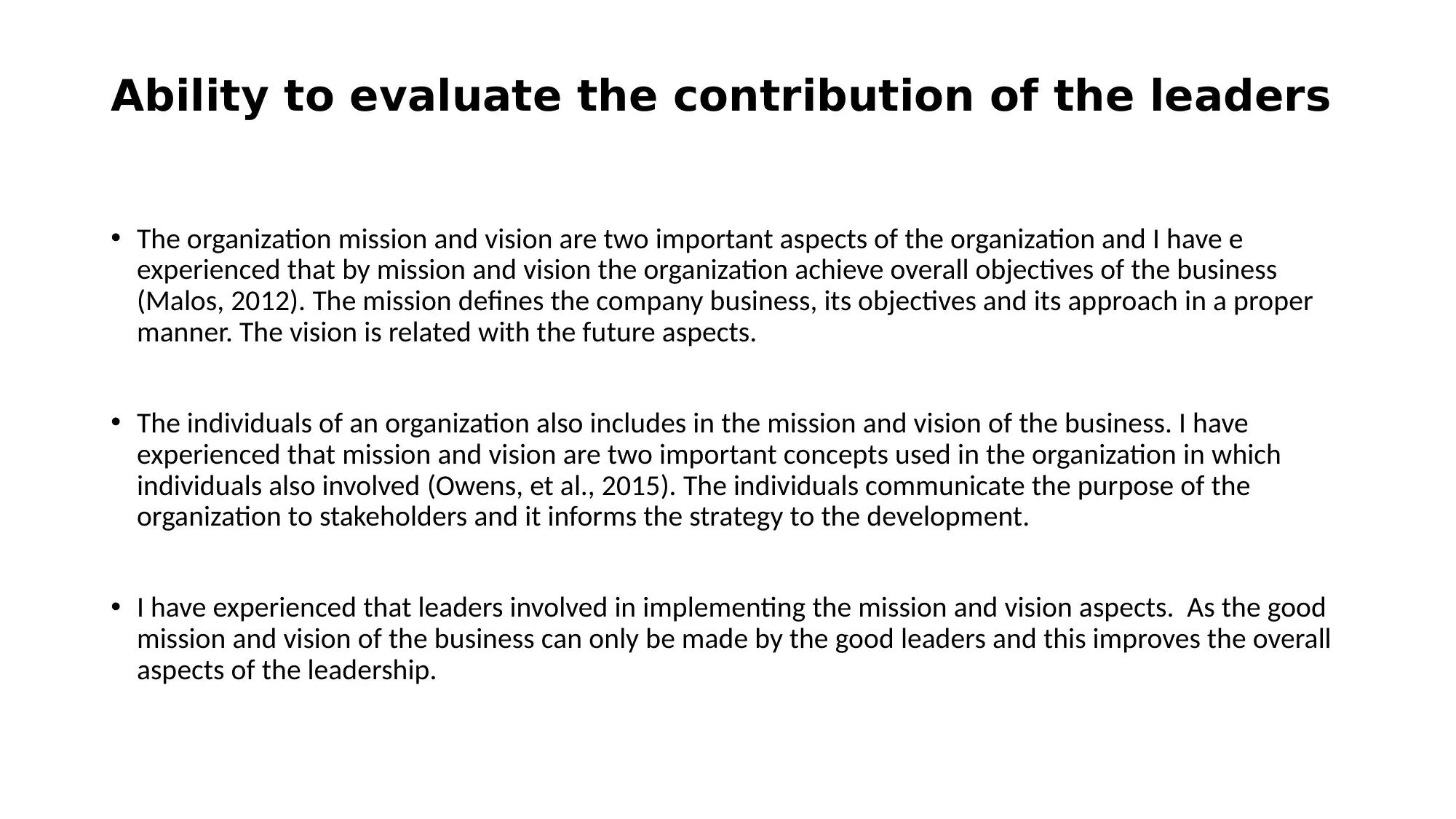
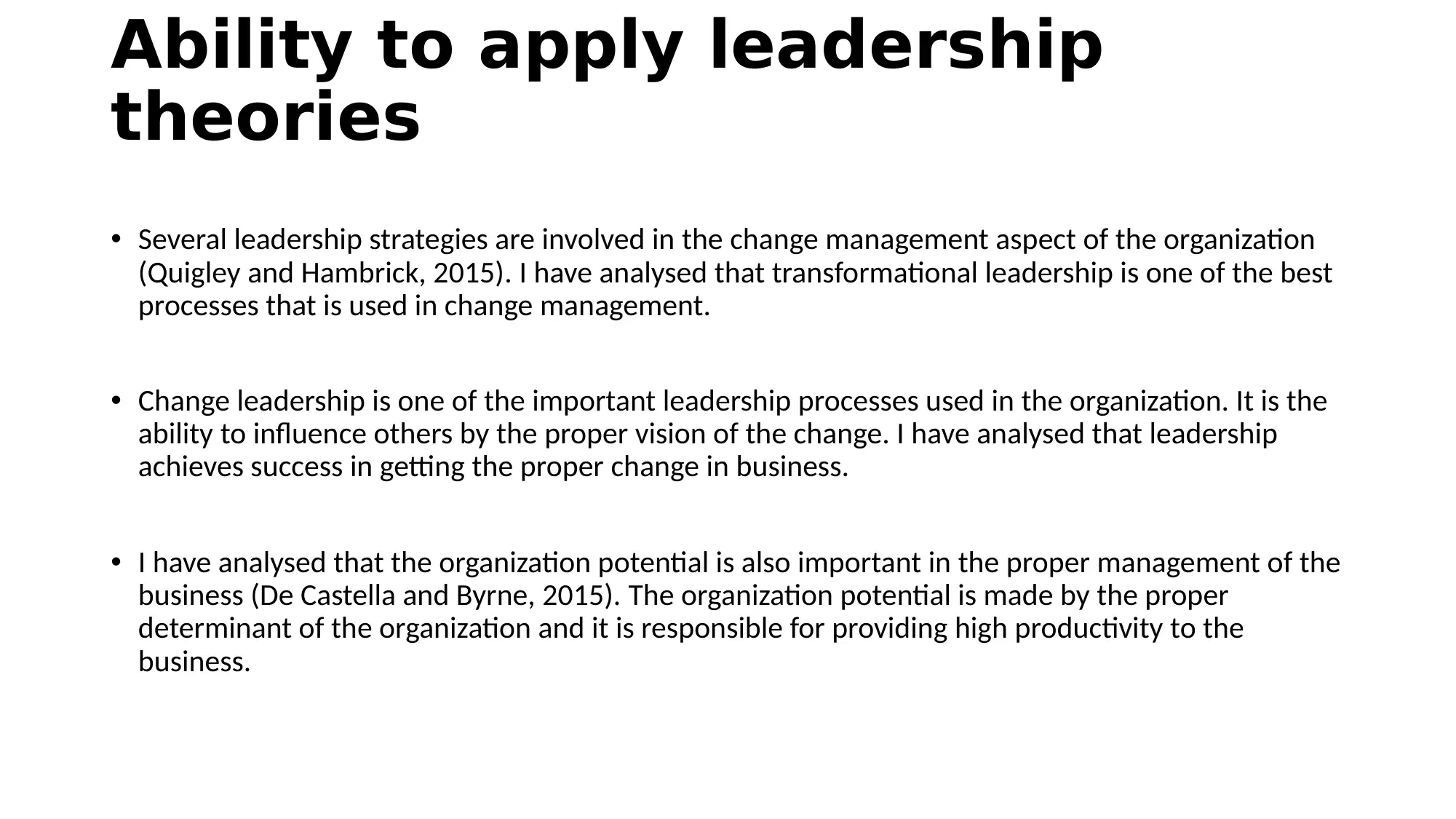
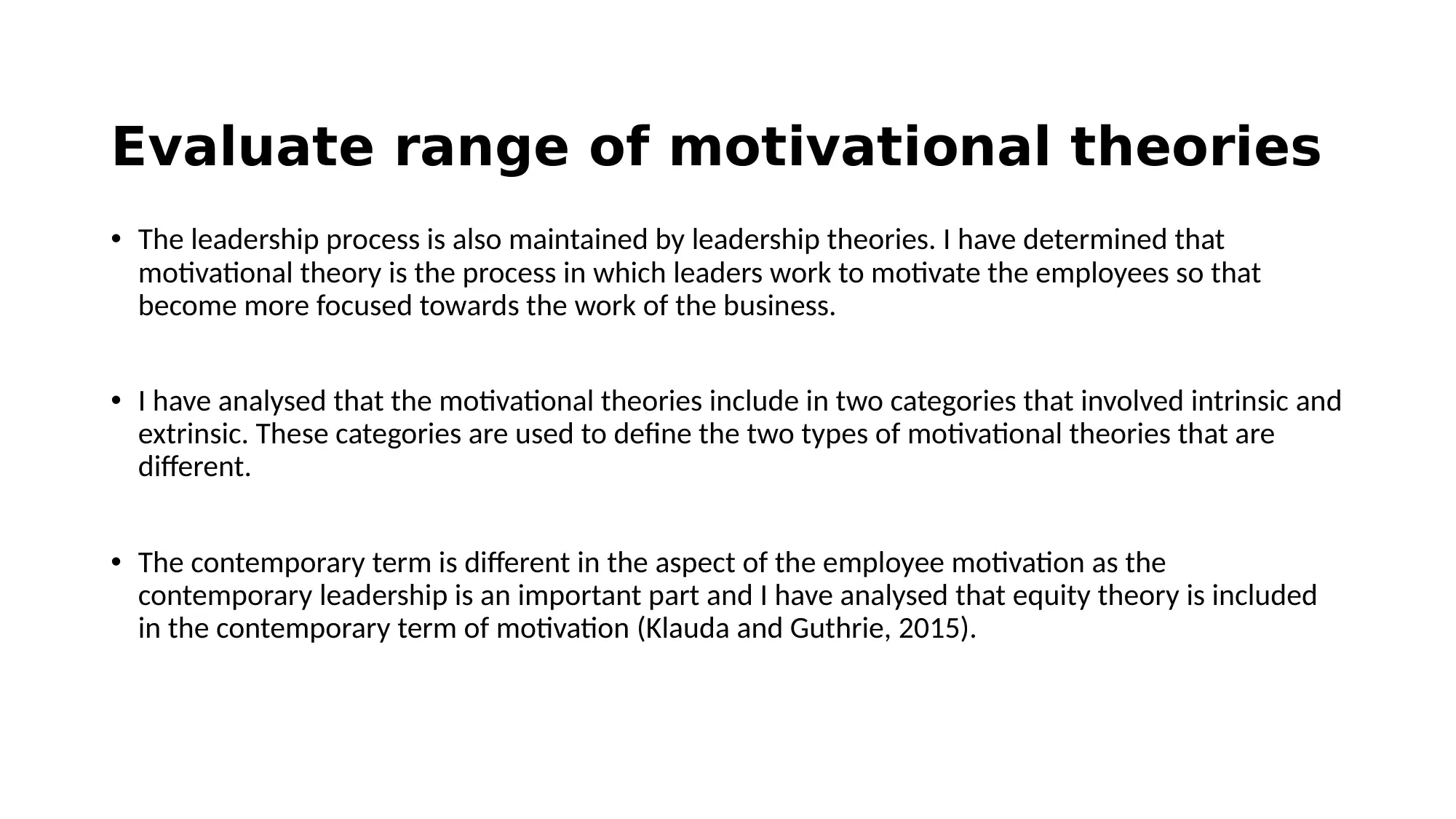
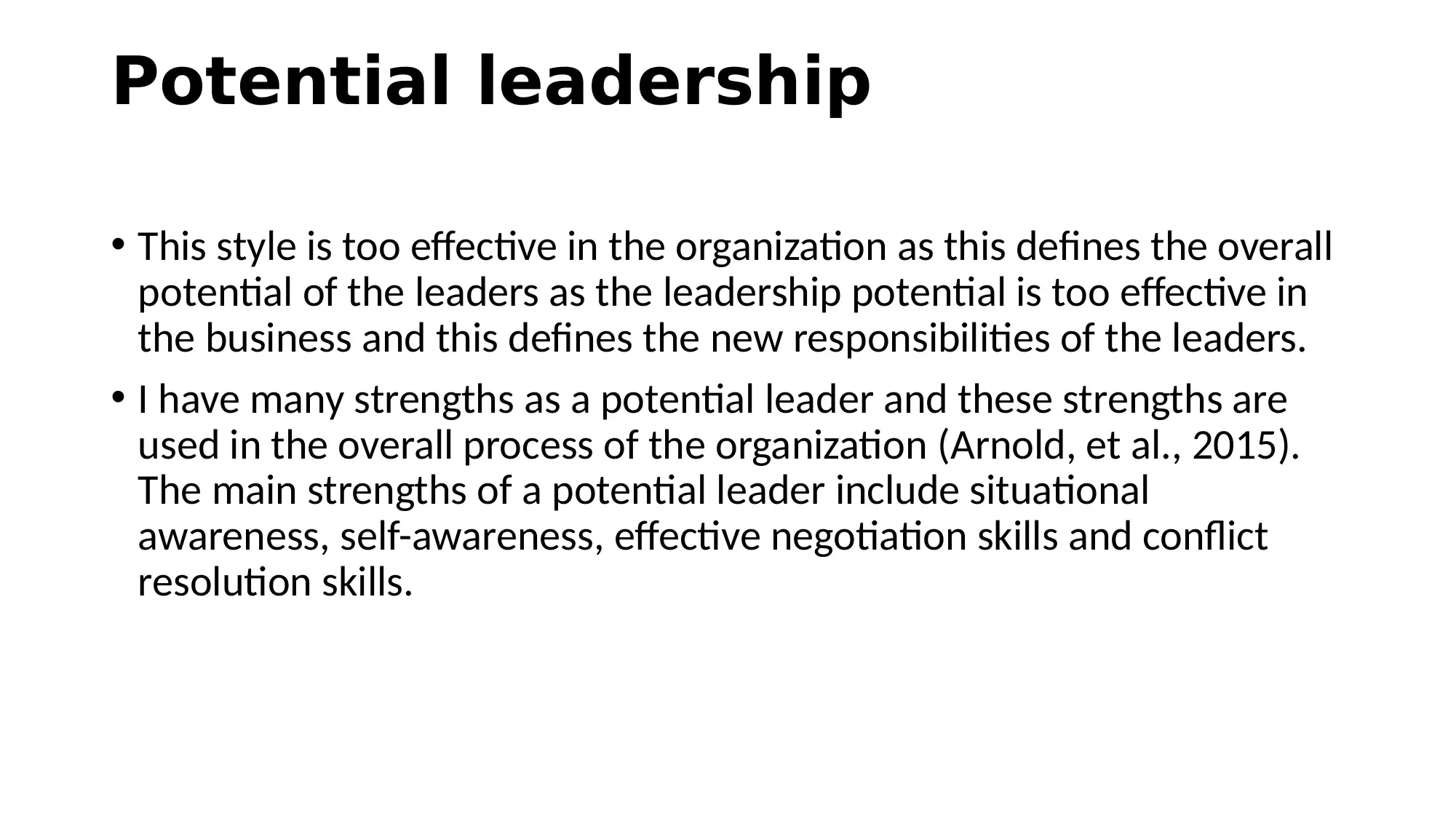
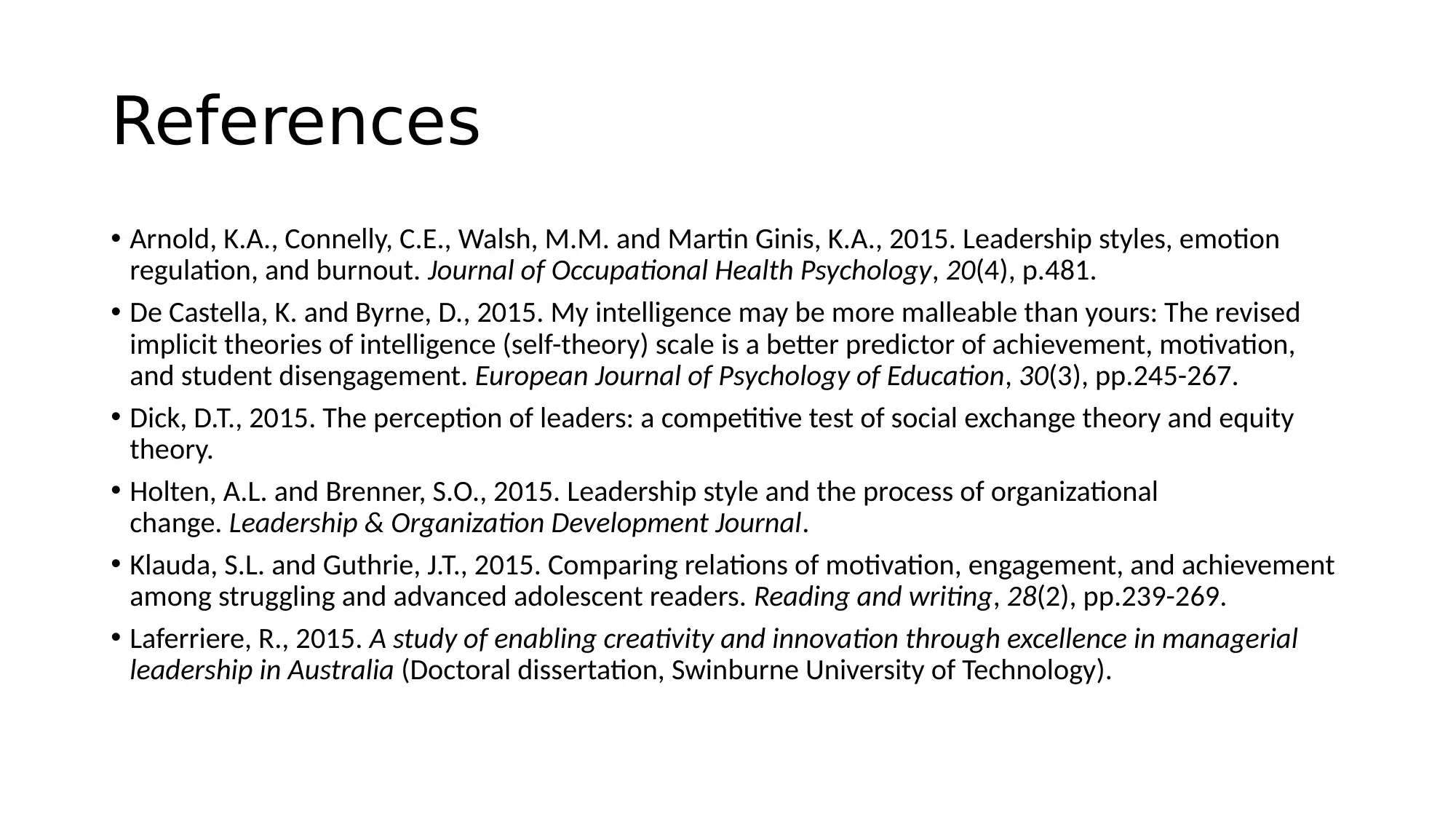
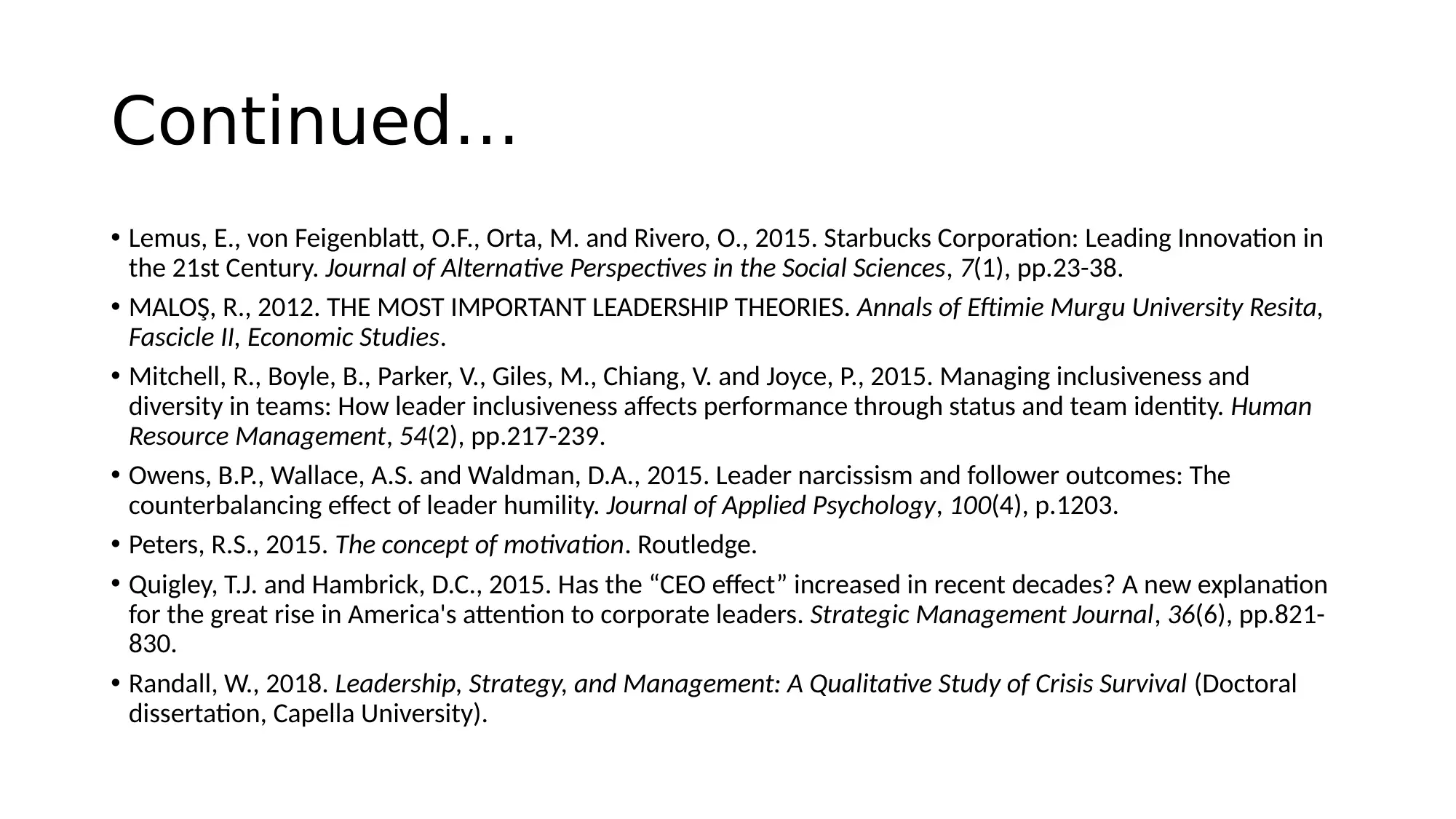






![[object Object]](/_next/static/media/star-bottom.7253800d.svg)